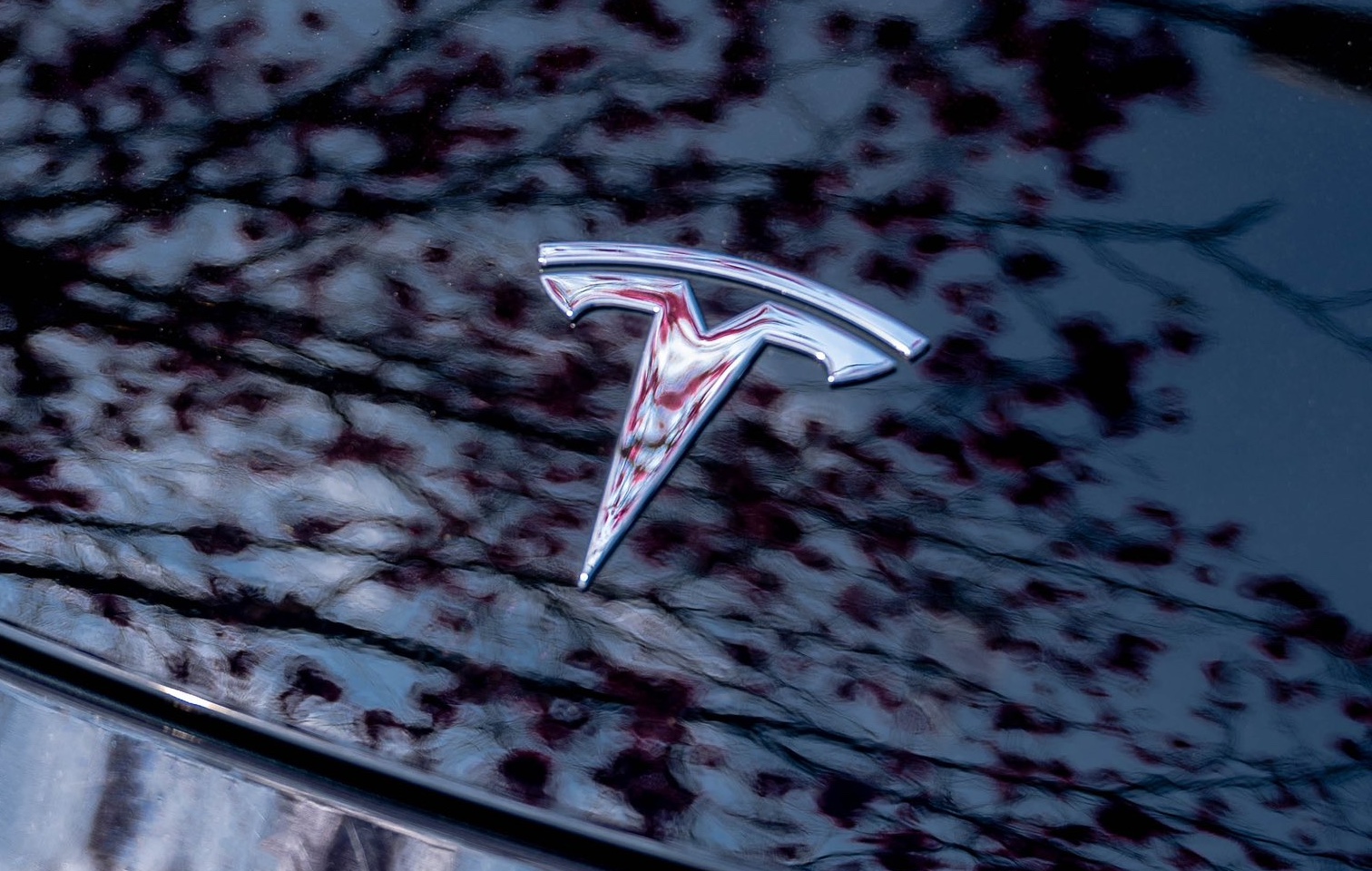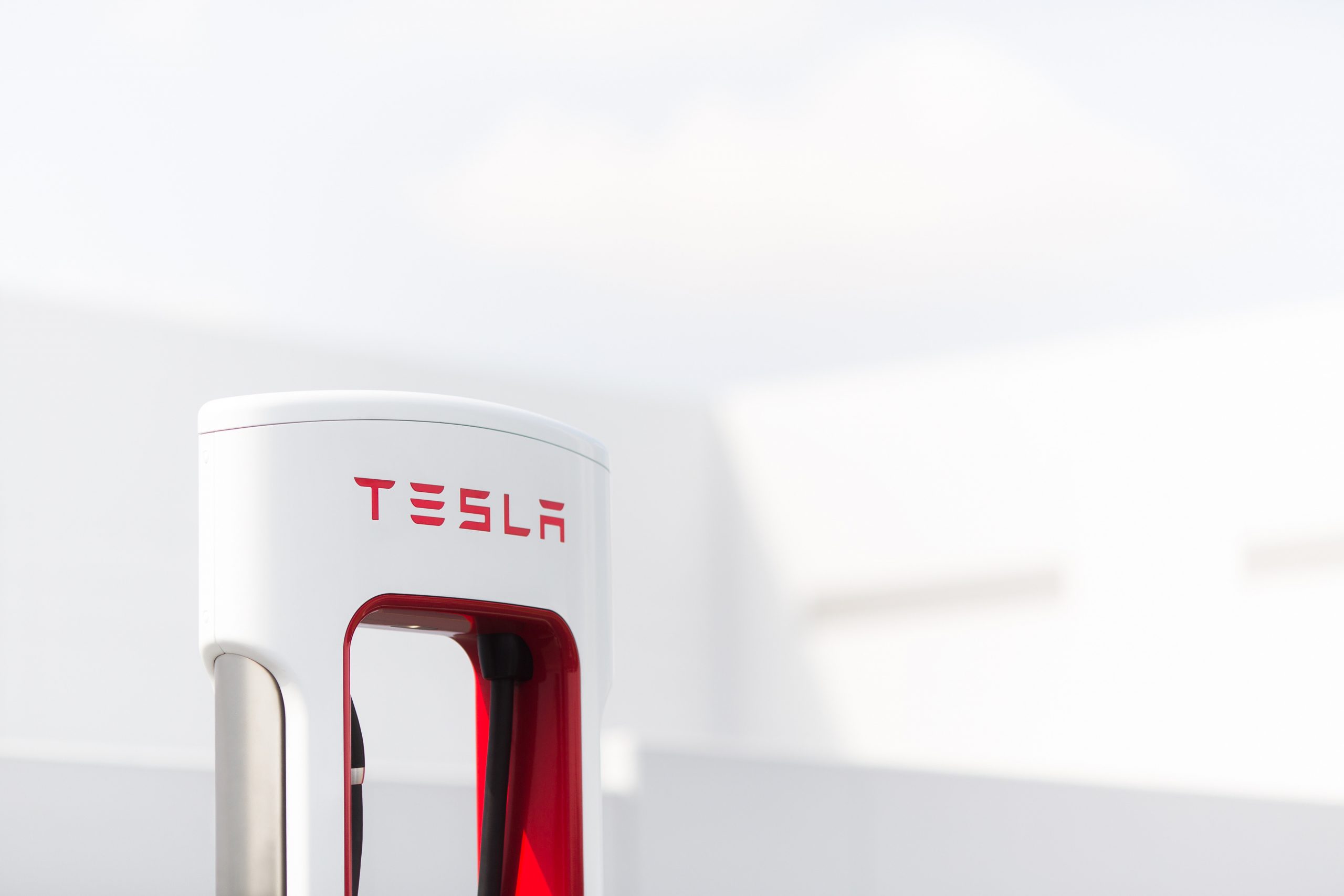News
Tesla’s top investor questions ahead of the Q1 2025 earnings call
Unsupervised FSD, Cybercab, and future models are just a few of the leading topics for the upcoming earnings call.

The next Tesla earnings call is a week away, and many investors have already started voting on which questions they want answered during the meeting.
Shareholders can submit and vote on questions for the upcoming call using the Say Technologies platform and at the time of writing, the page already has a total of 2.59 million Tesla shares represented in the polls across a total of 6,390 participants. The Q1 2025 Tesla earnings call is set for next Tuesday, April 22 at 2:30 p.m. Pacific, and will be hosted live on X.
Currently, the top questions for the call include those about Tesla’s highly anticipated launch of Full Self-Driving (FSD) Unsupervised and the Cybercab, plans for more affordable models, the uncertain global economic climate, the Optimus robot, and more. Shareholders can continue submitting questions on the platform until Monday, April 21 at 1:00 p.m. Pacific.
Tesla reported delivering 336,681 vehicles and producing 362,215 in the first quarter of the year, and the company noted that it lost several weeks of production as it transitioned to building the new Model Y. The company also reported deploying 10.4 GWh of energy storage products, compared to just 4,053 MWh in the first quarter of last year.
Interestingly, Tesla shifted its wording of the earnings call in this year’s Q1 production and delivery report, instead referring to the upcoming meeting as a “Q1 Company Update.”
READ MORE ON Q1 2025: Global EV sales climbed 29% in March, powered by China and Europe
Top 15 questions for Tesla’s Q1 2025 earnings call, by shares represented
- When will FSD unsupervised be available for personal use on personally-owned cars? (2,000 votes, 1.2 million shares)
- Is Tesla still on track for releasing “more affordable models” this year? Or will you be focusing on simplified versions to enhance affordability, similar to the RWD Cybertruck? (2,000 votes, 890,700 shares)
- How is Tesla positioning itself to flexibly adapt to global economic risks in the form of tariffs, political biases, etc.? (1,400 votes, 640,600 shares)
- Did Tesla experience any meaningful changes in order inflow rate in Q1 relating to all of the rumors of “brand damage”? (728 votes, 562,000 shares)
- Does Tesla still have a battery supply constraint (noted on Q4 ER call) and how does this change w/tariffs? (606 votes, 491,400 shares)
- Robotaxi still on track for this year? (1,300 votes, 426,700 shares)
- Regarding the Tesla Optimus pilot line, could you confirm if it is currently operational? If so, what is the current production rate of Optimus bots per week? Additionally, how might the recent tariffs impact the scalability of this production line moving forward? (744 votes, 405,400 shares)
- Can you provide more details on the plans for HW3 upgrade path for FSD? (411 votes, 376,500 shares)
- What is the plan to achieve the Whitehouse stated goal of doubling deliveries in 2 years based on specific market segments and regional factory contributions? (398 votes, 364,900 shares)
- When do you expect Robotaxi to expand to all major US cities? (809 votes, 318,900 shares)
- What is the Tesla solution for megapack battery cell supply in the US relating to tariffs and when does it come on line in production volume? Did Tesla import sufficient supply of LFP until US LFP Is ready? (307 votes, 315,200 shares)
- Has Tesla received any formal interest or entered into discussions with other automakers about licensing FSD technology, and if so, can you share any progress or obstacles you’ve encountered in those conversations? (334 votes, 288,900 shares)
- How is the AI for Optimus progressing? (319 votes, 286,700 shares)
- When is Grok coming to Tesla vehicles? And will it be able to control anything in the car? (372 votes, 241,000 shares)
- When will Tesla Insurance be available in all 50 states. I’m from Idaho, and I’m surrounded by states where it is available, but it isn’t available in my state. (195 votes, 224,200 shares)
Tesla reveals its Q1 Supercharger voting winners, opens next round

News
Tesla FSD’s newest model is coming, and it sounds like ‘the last big piece of the puzzle’
“There’s a model that’s an order of magnitude larger that will be deployed in January or February 2026.”

Tesla Full Self-Driving’s newest model is coming very soon, and from what it sounds like, it could be “the last big piece of the puzzle,” as CEO Elon Musk said in late November.
During the xAI Hackathon on Tuesday, Musk was available for a Q&A session, where he revealed some details about Robotaxi and Tesla’s plans for removing Robotaxi Safety Monitors, and some information on a future FSD model.
While he said Full Self-Driving’s unsupervised capability is “pretty much solved,” and confirmed it will remove Safety Monitors in the next three weeks, questions about the company’s ability to give this FSD version to current owners came to mind.
Musk said a new FSD model is coming in about a month or two that will be an order-of-magnitude larger and will include more reasoning and reinforcement learning.
He said:
“There’s a model that’s an order of magnitude larger that will be deployed in January or February 2026. We’re gonna add a lot of reasoning and RL (reinforcement learning). To get to serious scale, Tesla will probably need to build a giant chip fab. To have a few hundred gigawatts of AI chips per year, I don’t see that capability coming online fast enough, so we will probably have to build a fab.”
NEWS: Elon Musk says FSD Unsupervised is “pretty much solved at this point” and that @Tesla will be launching Robotaxis with no safety monitors in about 3 weeks in Austin, Texas. He also teased a new FSD model is coming in about 1-2 months.
“We’re just going through validation… https://t.co/Msne72cgMB pic.twitter.com/i3wfKX3Z0r
— Sawyer Merritt (@SawyerMerritt) December 10, 2025
It rings back to late November when Musk said that v14.3 “is where the last big piece of the puzzle finally lands.”
With the advancements made through Full Self-Driving v14 and v14.2, there seems to be a greater confidence in solving self-driving completely. Musk has also personally said that driver monitoring has been more relaxed, and looking at your phone won’t prompt as many alerts in the latest v14.2.1.
This is another indication that Tesla is getting closer to allowing people to take their eyes off the road completely.
Along with the Robotaxi program’s success, there is evidence that Tesla could be close to solving FSD. However, it is not perfect. We’ve had our own complaints with FSD, and although we feel it is the best ADAS on the market, it is not, in its current form, able to perform everything needed on roads.
But it is close.
That’s why there is some legitimate belief that Tesla could be releasing a version capable of no supervision in the coming months.
All we can say is, we’ll see.
Investor's Corner
SpaceX IPO is coming, CEO Elon Musk confirms
However, it appears Musk is ready for SpaceX to go public, as Ars Technica Senior Space Editor Eric Berger wrote an op-ed that indicated he thought SpaceX would go public soon. Musk replied, basically confirming it.

Elon Musk confirmed through a post on X that a SpaceX initial public offering (IPO) is on the way after hinting at it several times earlier this year.
It also comes one day after Bloomberg reported that SpaceX was aiming for a valuation of $1.5 trillion, adding that it wanted to raise $30 billion.
Musk has been transparent for most of the year that he wanted to try to figure out a way to get Tesla shareholders to invest in SpaceX, giving them access to the stock.
He has also recognized the issues of having a public stock, like litigation exposure, quarterly reporting pressures, and other inconveniences.
However, it appears Musk is ready for SpaceX to go public, as Ars Technica Senior Space Editor Eric Berger wrote an op-ed that indicated he thought SpaceX would go public soon.
Musk replied, basically confirming it:
As usual, Eric is accurate
— Elon Musk (@elonmusk) December 10, 2025
Berger believes the IPO would help support the need for $30 billion or more in capital needed to fund AI integration projects, such as space-based data centers and lunar satellite factories. Musk confirmed recently that SpaceX “will be doing” data centers in orbit.
AI appears to be a “key part” of SpaceX getting to Musk, Berger also wrote. When writing about whether or not Optimus is a viable project and product for the company, he says that none of that matters. Musk thinks it is, and that’s all that matters.
It seems like Musk has certainly mulled something this big for a very long time, and the idea of taking SpaceX public is not just likely; it is necessary for the company to get to Mars.
The details of when SpaceX will finally hit that public status are not known. Many of the reports that came out over the past few days indicate it would happen in 2026, so sooner rather than later.
But there are a lot of things on Musk’s plate early next year, especially with Cybercab production, the potential launch of Unsupervised Full Self-Driving, and the Roadster unveiling, all planned for Q1.
News
Tesla adds 15th automaker to Supercharger access in 2025

Tesla has added the 15th automaker to the growing list of companies whose EVs can utilize the Supercharger Network this year, as BMW is the latest company to gain access to the largest charging infrastructure in the world.
BMW became the 15th company in 2025 to gain Tesla Supercharger access, after the company confirmed to its EV owners that they could use any of the more than 25,000 Supercharging stalls in North America.
Welcome @BMW owners.
Download the Tesla app to charge → https://t.co/vnu0NHA7Ab
— Tesla Charging (@TeslaCharging) December 10, 2025
Newer BMW all-electric cars, like the i4, i5, i7, and iX, are able to utilize Tesla’s V3 and V4 Superchargers. These are the exact model years, via the BMW Blog:
- i4: 2022-2026 model years
- i5: 2024-2025 model years
- 2026 i5 (eDrive40 and xDrive40) after software update in Spring 2026
- i7: 2023-2026 model years
- iX: 2022-2025 model years
- 2026 iX (all versions) after software update in Spring 2026
With the expansion of the companies that gained access in 2025 to the Tesla Supercharger Network, a vast majority of non-Tesla EVs are able to use the charging stalls to gain range in their cars.
So far in 2025, Tesla has enabled Supercharger access to:
- Audi
- BMW
- Genesis
- Honda
- Hyundai
- Jaguar Land Rover
- Kia
- Lucid
- Mercedes-Benz
- Nissan
- Polestar
- Subaru
- Toyota
- Volkswagen
- Volvo
Drivers with BMW EVs who wish to charge at Tesla Superchargers must use an NACS-to-CCS1 adapter. In Q2 2026, BMW plans to release its official adapter, but there are third-party options available in the meantime.
They will also have to use the Tesla App to enable Supercharging access to determine rates and availability. It is a relatively seamless process.








